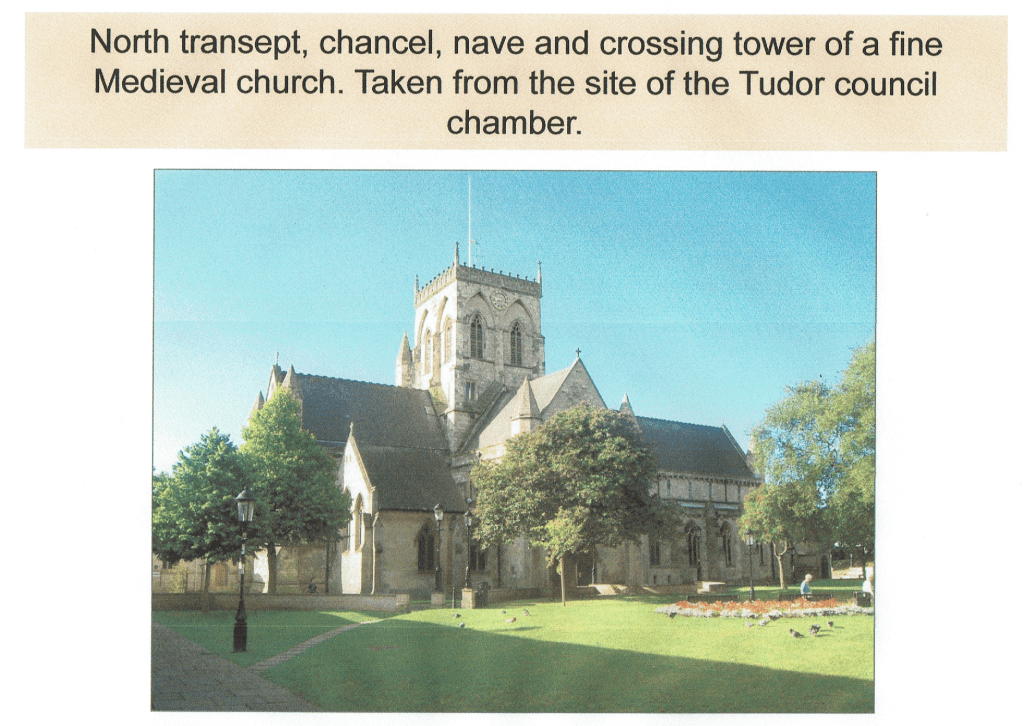
I have decided to linger with Grimsby for a while. As previously identified, the Nunsthorpe local authority housing estate was started in the late 1930s. As such it must have been an example of Lindsey County Council’s response to government legislation of the mid-late 1930s prioritising house building in which to rehome families living in overcrowded conditions (a legal term as applied in national legislation) in poor quality (possibly ‘unfit for human habitation’, another legally defined term) older housing within the local authority area. The Second World War interrupted this house-building initiative, although in the case of the Nunsthorpe estate some ‘prefabs’ were added in 1944 to help alleviate the housing shortage in Grimsby caused by enemy bombing. These remained in place for many years after the War. As elsewhere, in Hull for example, many prefab. residents were unwilling to give them up for demolition as, although heat was lost rapidly through the walls and roof, they were detached residences with sufficient garden land around to keep the avid gardener occupied. After the War both the Labour government up to early 1950s and the following Conservative government during the 1950s liberally funded local authority building programmes where the estates were organised by the local council (contracts, building materials, supervision of the standards and progress) while central government then paid the local authority an annual subsidy per house completed for the next 40, sometimes 60, years. The housing estates of the late 1940s and 1950s exhibit some of the best house-building outcomes of any house building in modern times, today sometimes it is the tenant letting-down the house rather than the house the tenant. The Nunsthorpe Estate was completed by this post-War house-building programme.
The Nunsthorpe Estate was so called because its location was near the site of an Augustinian nunnery up to 1539 (hence also Nuns Corner, the site of Grimsby College).
Today’s photo shows St James church, Grimsby as incorporated in a slide in my presentation on Henry VIII’s ‘progess’ through East Yorkshire and north Lincolnshire in 1541.